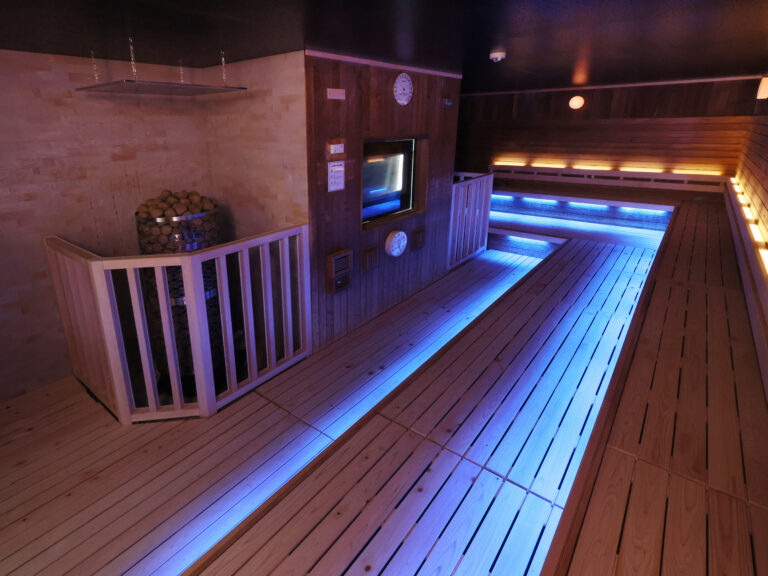
A day-trip hot spring facility that boasts one of the largest in Kansai. The museum is equipped with modern facilities to pursue fatigue recovery and healing, such as an outdoor bath, a malite sauna, a rock salt chamber, and a medicine stone sweat chamber with a germanium chamber. In addition, there are well-equipped facilities such as an aufgoose, which is held every hour for both men and women, and a total of about 20,000 comics, relaxation facilities and restaurants.
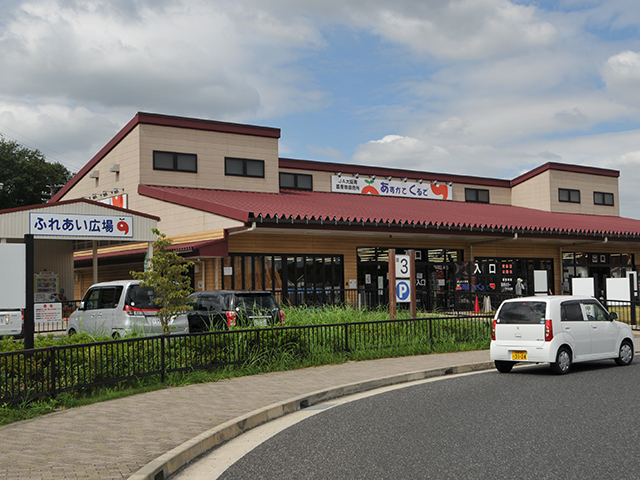
Asukakuru is directly supplying consumers with fresh and safe agricultural products and processed products produced and manufactured in the JA Osaka Minami area. Through farming, the company is working to create a place for exchange between producers and consumers.
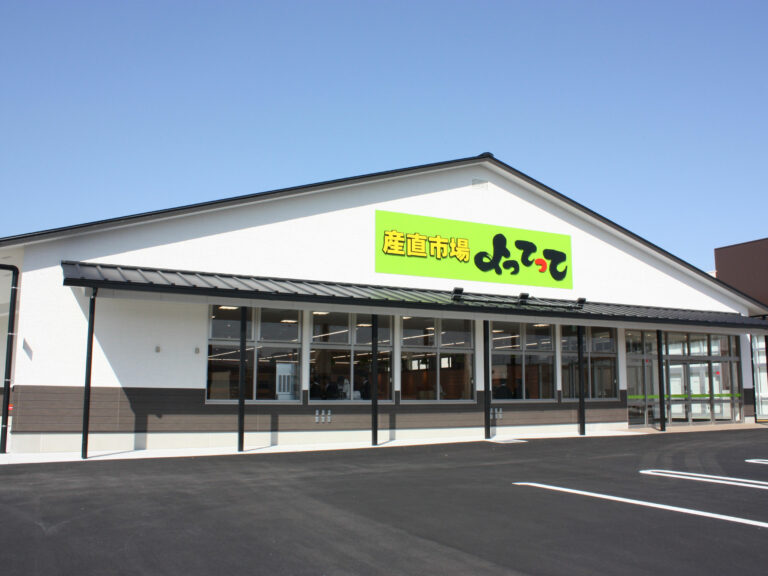
The producers are proud of the vegetables, fruits, and processed products. They also have a large selection of specialty items from Wakayama and Osaka, as well as local Nara.
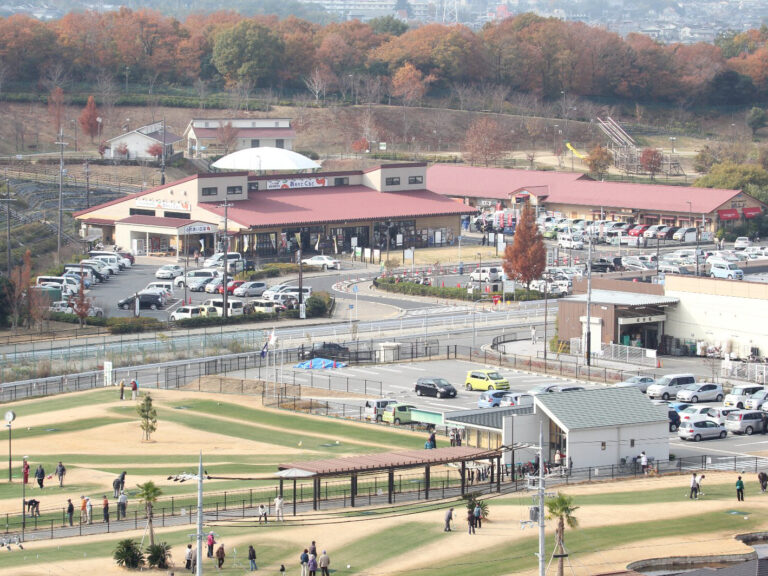
It will feature Takeru Hall, which sells local specialty products, and a directly operated agricultural products store by JA Osaka Minami. The barbecue square, which has 28 lots, has no roof, so it is best to bring a tent or parasol when the cloud is suspicious. Barbecue square 1 section 4 hours 500 yen (all ingredients, BBQ set, etc. are brought in), garbage, remaining rice, etc. should be taken home by yourself.
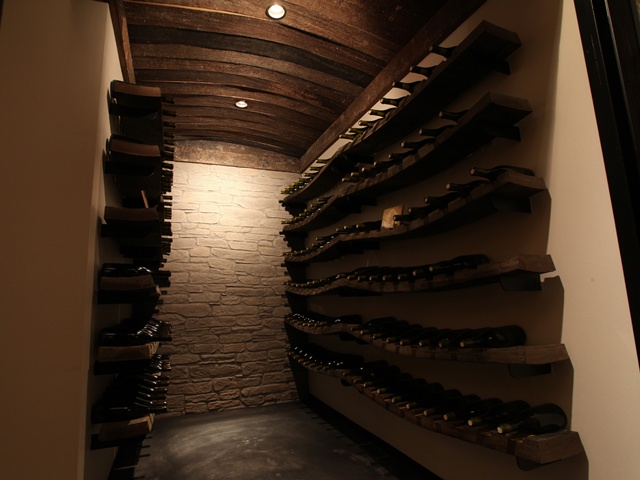
We have been brewing wine since about 80 years ago, and the local Delaware wine can be enjoyed as a dry, tasting to find the wine that suits our taste. Recently, the plum wine has also attracted attention.
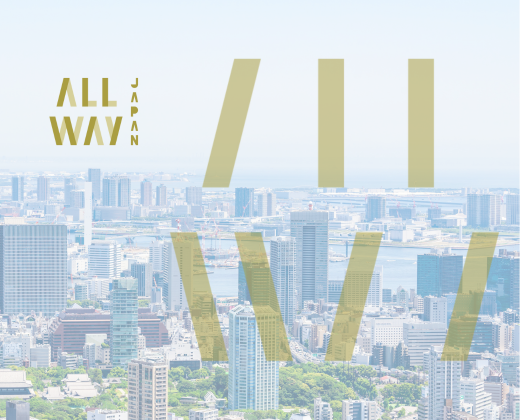
The facility is located between the Tombeyama Kofun and the Kombebebebebekumun, which is also a constituent asset of the World Cultural Heritage "Hyakutangori/Furuichi Kofun" at the Ojin Emperor's Tomb. Artefacts excavated from the Furuichi Kofun and its surroundings are on display. The center of the exhibit is Haniwa, which can be seen from the Kurizuka Kofun Excavated House-shaped Haniwa, the cap-shaped Haniwa, the Ishimi-shaped Haniwa from the Karuri No. 4 mound, and the Haniwa from the Shiratori Tomb and the Anfao Emperor Tomb. Shield, toughness (a tool to put arrows), Haniwa of animals such as horses, chickens and dogs, etc. Also on display are gold-copper fish pei, flower-shaped ornaments and other decorative items from the Misagatsuka Kofun. You can't miss a giant cylindrical haniwa or a cylindrical coffin with a height of 160cm.
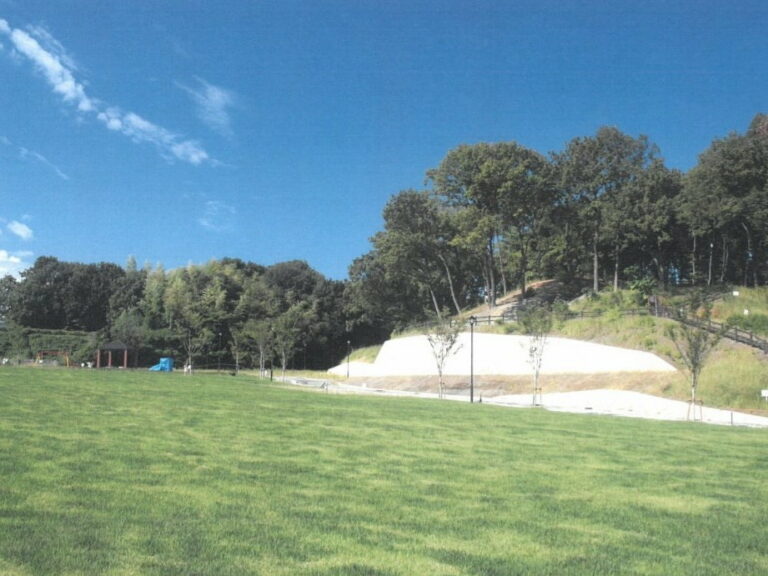
A city park of approximately 53,000 square meters consisting of five zones, including the "Kōmun no Oka-no-Oku zone", which is centered on the Mingatsuka Kofun in the front and back circle mound. In the "Monument Zone" at the entrance to the park, there is the "Time and Green Exchange Hall (Minetsuka Park Administration Building)", which displays replicas of excavated items from the Minegazuka Kofun and also shows VR images. From the terrace of the study room of the exchange hall, you can see the Mizuka Kofun. In the "Cultural Events Square Zone", children's play equipment, lawn square, jokking road and health play equipment are installed. The "local forest zone" on a hill that includes the Koguchi mountain mound with a side-mouth style stone mound is also home to the ruins of Takaya Castle during the Sengoku period, and you can enjoy a view of Mount Futami from the observation square.

The southern side of the Furuichi Kofun, the front-back circle mound located within Minezuka Park. The two-stage construction has a mound length of 96m, a diameter of 56m in the rear circle and a width of 74m in the front part, with an outgrowth in the northern constriction. At the time of construction, it had a double surrounding moat, and the grave area was a large scale, about 168m of the general and about 148m wide. It is speculated that the burials, who were able to build a burial mound of this scale, were the ones in power, amid the reduced size of the burial mound, around the end of the fifth century. Cylindrical Haniwa and figurative Haniwa are excavated from the mounds and moats, and more than 3500 grave items are excavated from the stone-shaped stone room in the back circle, in addition to the stone-shaped sarcophagus, weapons such as large swords, armor, horse gear, and flower-shaped ornaments. A nationally designated historic site with a constituent asset of the World Cultural Heritage "Hyakuton Bird/Furuichi Kofun".

A group of burial mounds spread over an area of about 4km square across the southeastern part of Osaka Prefecture, across the cities of Habikino and Fujiidera. It is believed that about 130 burial mounds were built at the time, ranging from large prefrontal round mounds to small circular mounds and mounds in the late 4th-middle of the 6th century, with 45 extant. Among them, the Ojin Emperor's Tomb (Hosoda-mishōsan-kōmō) is one of the largest in Japan, with 20 designated national historic sites and 25 designated by the Imperial Household Agency as the Imperial Mausoleum and Empress Mausoleum. In the first year of Reiwa (2019), 26 units located in the Furuichi Kofun group were listed as a World Heritage Site along with 23 units of the "Hyakutan-Furuichi Kofun group-Japanese Ancient Tombs-" in Sakai City.

Maegata Enmun located in the southern part of the Furuichi Kofun. It has a mound length of 200m, but has a width of 165m in the front part and a diameter of 106m in the back circle, and has the shape of a mound in which the front part is more developed than the back circle. The mound is built on three steps and is surrounded by a wide moat and a dike. The period of construction was considered to be the middle of the burial period (late 5th century), and cylindrical haniwa and figurative haniwa were excavated from the mound with roofing stones. The road, which extends along the moat on the north side of the Kofun, is a view spot where the Shiratoryo Kofun is beautifully visible on the Takeuchi Kaido (Daido), which is certified as a Japanese Heritage Site. The burials are unknown, but the Imperial Household Agency ruled as one of the "Nihonbuson White Torryo". It is also a constituent asset of the World Cultural Heritage "Hyakutan Bird Furuichi Kofun Group".








